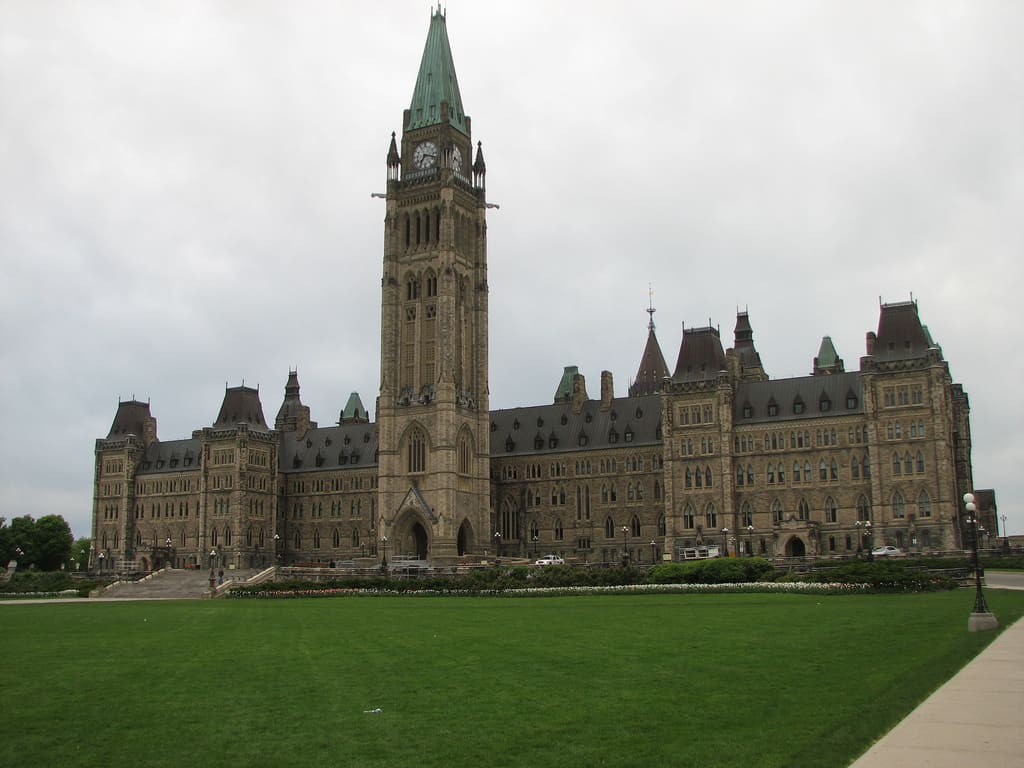The federal government plans to write off $175 million in unpaid student loans for the fiscal year of 2013-2014.
The Canada Student Loans Program allows students pursuing full-time post-secondary studies to take out loans, which are interest-free for varying time periods: 400 weeks for students in doctoral programs, 520 weeks for students with permanent disabilities, or 340 weeks under other circumstances.
There are provisions for writing off student loan debt held by the government after all “reasonable collection action” has been taken, explained a representative of Human Resources and Skills Development Canada (HRSDC), adding that in the cases of these write-offs “it has been determined that there is no possibility now or in the foreseeable future of collection, in accordance with the Debt Write-off Regulations.”
Circumstance in which debt can be written off include bankruptcy, settlement offers (partial payments in case of exceptional financial hardship), accounts barred by a six-year statute of limitations, and accounts of less than $20.
Before write-offs occur, the program offers some services to assist those who have difficulty repaying their loans, including temporary interest relief, reduction of debt, and revision of terms for individual loan agreements. In spite of these options, some students find themselves unable to repay some or all of their debt, leading to write-offs .
Some student organizations consider this situation indicative of an endemic problem with the current student loan system.
Munib Sajjad, president of the University of Toronto Students’ Union (UTSU), stated “The UTSU believes that the current Canada Student Loans Program is a failure. Publicly held Canadian student debt has risen well past $16 billion and the average student debt from both private and public sources is estimated to be a very high, $37,000. This surpasses the average of our neighbours in the United States by over $10,000.” The $37, 000 figure is the average among 15% of Canadian students who hold both public and private debt. Approximately 40% of students graduate without debt — if they were included in calculating the average, then student debt drops to $14,000.
The appropriate number to use is hotly contested by student groups. Jessica McCormick, National Deputy Chairperson of the Canadian Federation of Students, uses the $37,000 figure.
“Increasing tuition fees and a predominantly loan-based system of student financial assistance have pushed student debt to historic levels,” she said. McCormick argues that students would be better off if education tax credits were eliminated and the funds saved were redirected towards “non-repayable grants,” thereby giving money to students.
When it was established in 1964 by the federal government, the Canadian Student Loans Program’s sole function was to reimburse banks for students that defaulted on their loans. In 1995, the system was changed into a “risk-shared” agreement between the government and banks, under which the bank assumed responsibility for defaulted loans in exchange for payments in fixed amounts from the government. Financial institutions quickly began to opt-out of this arrangement. So, in 2000, HRSDC began to administer the loans on its own.
“Our government’s top priorities are creating jobs, economic growth, and long-term prosperity for all Canadians,” said the HRSDC representative. “More Canadians are pursuing higher education. To help them participate in post-secondary studies, the government has taken steps to ensure that Canadians always have access to financial assistance for their education.”
“Students in Canada currently owe more than $15 billion in student loans to the federal government,” noted McCormick. “Not only is debt a barrier to accessing post-secondary education, it also has a significant impact on Canada’s economy. Students graduating with debt put off buying a home, starting a family, and have more difficulty contributing to the economy.”
HRSDC was unable to provide information as to how many student accounts the $173 million comprises, or on whether the federal government plans to make any changes to the loan program in light of the most recent write-offs.
The impending write-offs brings the total amount of unpaid student loans written off in the last three years to $716 million.


